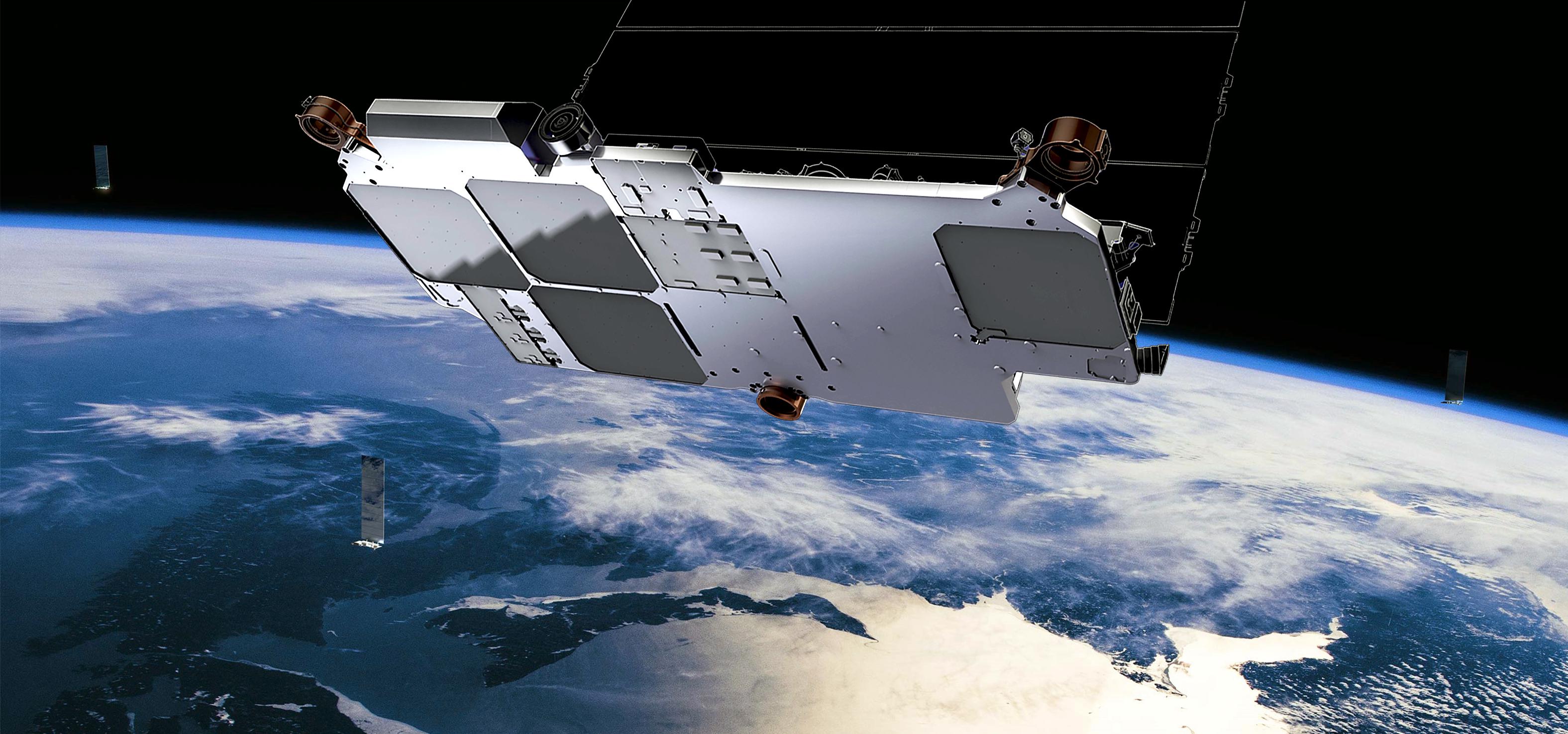

News
SpaceX Starlink satellite constellation aims to become world’s largest after next launch
In a sign of things to come next year, SpaceX’s next – and third – 60-satellite Starlink launch is officially on the books, and – if all goes as planned – could make the company the proud owner of the world’s largest operational satellite constellation.
On May 24th, Falcon 9 lifted off for the first time ever on a dedicated Starlink launch, placing 60 ‘v0.9’ prototype satellites in Low Earth Orbit (LEO), where they deployed solar arrays and fired up their own electric krypton thrusters to reach their operational ~550 km (340 mi) orbits. Of those 60 prototypes, several were intentionally deorbited while another handful suffered unintended failures, while 51 (85%) ultimately reached that final orbit and began operations.

Previously expected in mid-October, unspecified delays pushed SpaceX’s next Starlink launch – deemed Starlink-1, the first launch of ‘v1.0’ satellites – into November. On November 11th, Falcon 9 B1048 and a flight-proven payload fairing lifted off with 60 more Starlink satellites, also marking the first time a Falcon 9 booster completed four orbital launches and the first operational reuse of a recovered fairing. Upgraded with four times the overall bandwidth, improved structures, new Ka-band antennas, and more steerable ‘beams’ on each of those antennas, those 60 Starlink v1.0 satellites rapidly came online and began raising their orbits.
This time around, SpaceX received FCC approval to test satellites at a substantially lower altitude of ~350 km (220 mi) and launched to a parking orbit of just 280 km (175 mi), ensuring that any debris or failed spacecraft will reenter Earth’s atmosphere in just a matter of months while also completely avoiding added risk to the International Space Station (ISS) (~400 km). After a brisk ten or so days of active propulsion, 55 of those 60 satellites have raised their orbits to ~350 km, while ~20 of those 55 appear to be aiming for a final altitude somewhat higher, likely the start of a separate orbital plane.

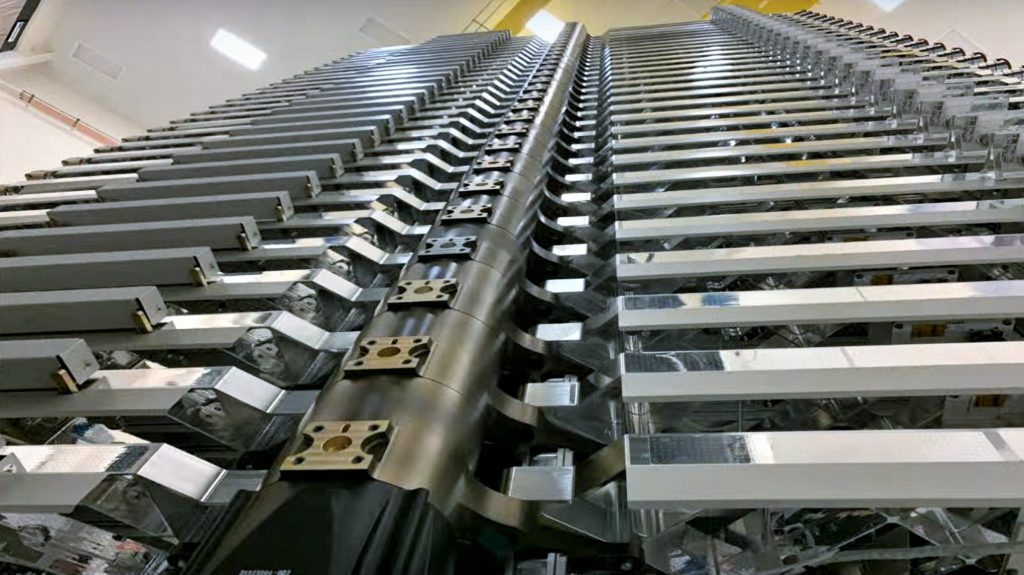
The moment that Starlink-1 satellites began to arrive and stabilize at their 350-km operational orbits, nearly all of SpaceX’s 50 operational v0.9 satellites began lowering their orbits, potentially signaling a move down to Starlink-1’s operational altitude, or even an intentional deorbit of the entire prototype tranche (far less likely).
From nothing to #1
The same day that several dozen Starlink-1 satellites finished the climb up to their operational orbits, SpaceX announced media accreditation for its next Starlink launch, presumed to be Starlink-2. According to SpaceX, the mission is targeted for the last two weeks of December 2019, a schedule that will tighten as it gets closer. Previously expected to launch in early November, as few as two weeks after Starlink-1, Starlink-2 has suffered similar delays but still appears to be on track for 2019.
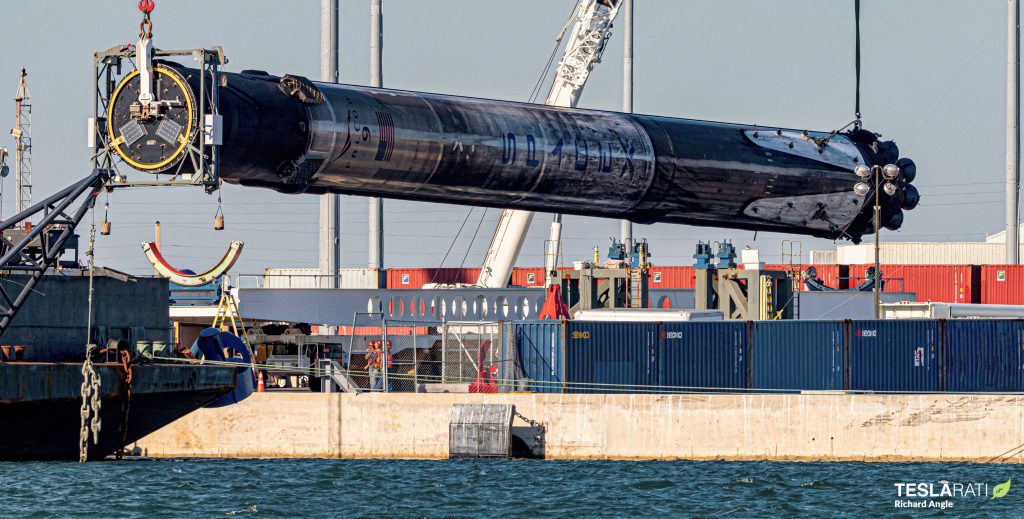
It’s assumed that Starlink-2 – like both dedicated missions preceding it – will launch 60 Starlink satellites. If that is, in fact, the case, the mission could mark a surprising but fully-expected milestone: with >170 functional satellites in orbit, SpaceX might become the proud owner of the world’s largest operational satellite constellation. Excluding two Tintin prototypes launched in February 2018 and 8 failed Starlink v0.9 spacecraft, a perfect Starlink-2 launch would raise SpaceX’s operational constellation to 172 satellites.
The only satellite operator anywhere close to those numbers is Planet Labs, an Earth observation analytics and satellite production company that has launched >400 satellites in its lifetime. Of those ~400 spacecraft, it’s believed that ~150 were operational as of October 2019 and Planet has another 12 Dove observation satellites scheduled to launch on November 27th. In simple terms, this means that SpaceX may become the world’s largest satellite operator after Starlink-2 and it all but guarantees that that will be the case after Starlink-3, a mission that will likely follow just weeks later.
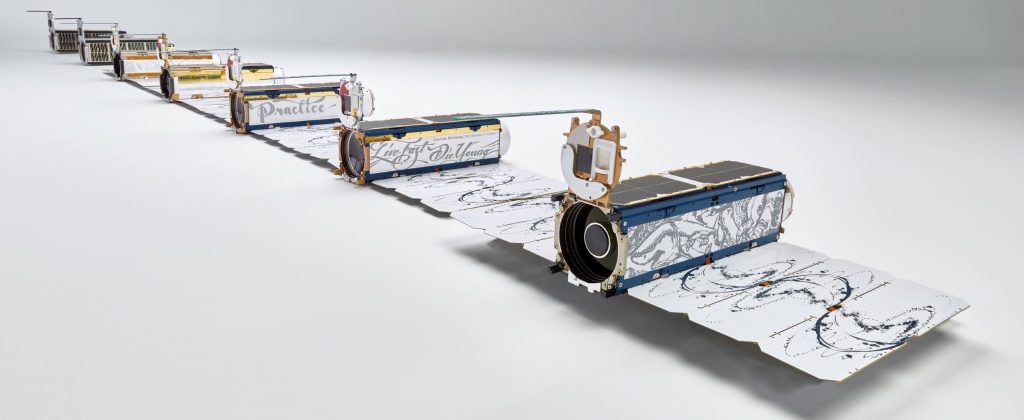
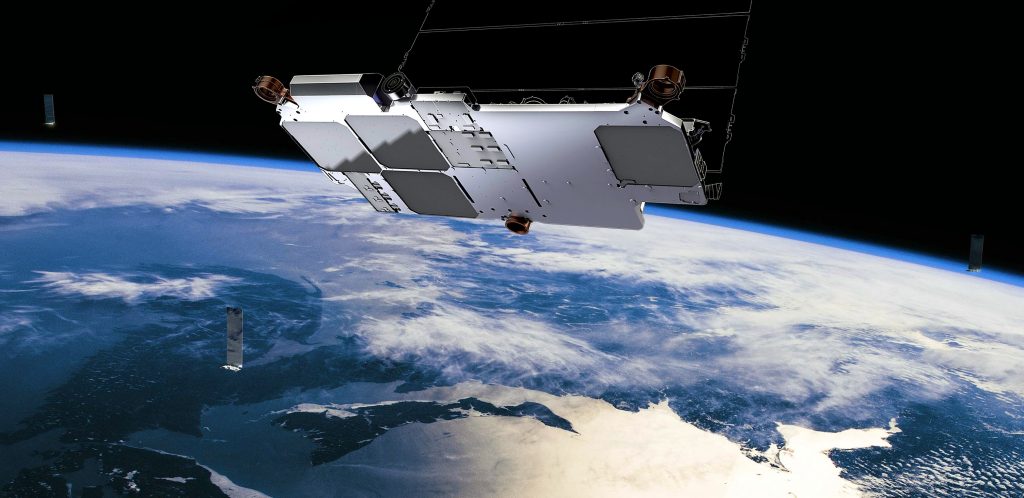
Once SpaceX passes that milestone, it’s all but guaranteed that Starlink will retain the title of world’s largest satellite constellation for the indefinite future. According to SpaceX COO and President Gwynne Shotwell, as many as 24 Starlink launches are planned for 2020, and SpaceX’s burgeoning Washington-state satellite factory may soon be capable of supporting the unprecedented volume of production such a cadence will require. Even assuming rocky development, it’s hard to picture SpaceX’s next-generation Starship rocket taking more than two additional years to be ready for routine orbital missions to LEO, each of which should be able to place 400 Starlink satellites in orbit.
OneWeb is by far the closest thing SpaceX has to a serious Starlink competitor and its first operational launch of ~30 satellites has recently suffered delays, moving from December to late-January or February 2020. Roughly monthly launches (each with ~30 satellites) will nominally follow that first launch. After Starlink-2 or Starlink-3, the only conceivable ways that SpaceX could ever lose the title of world’s largest satellite operator would require catastrophic failure(s) grounding Falcon 9 and/or Starship for >1 year or outright bankruptcy and liquidation, neither of which seem particularly likely.
Check out Teslarati’s Marketplace! We offer Tesla accessories, including for the Tesla Cybertruck and Tesla Model 3.
Elon Musk
Tesla analysts believe Musk and Trump feud will pass
Tesla CEO Elon Musk and U.S. President Donald Trump’s feud shall pass, several bulls say.
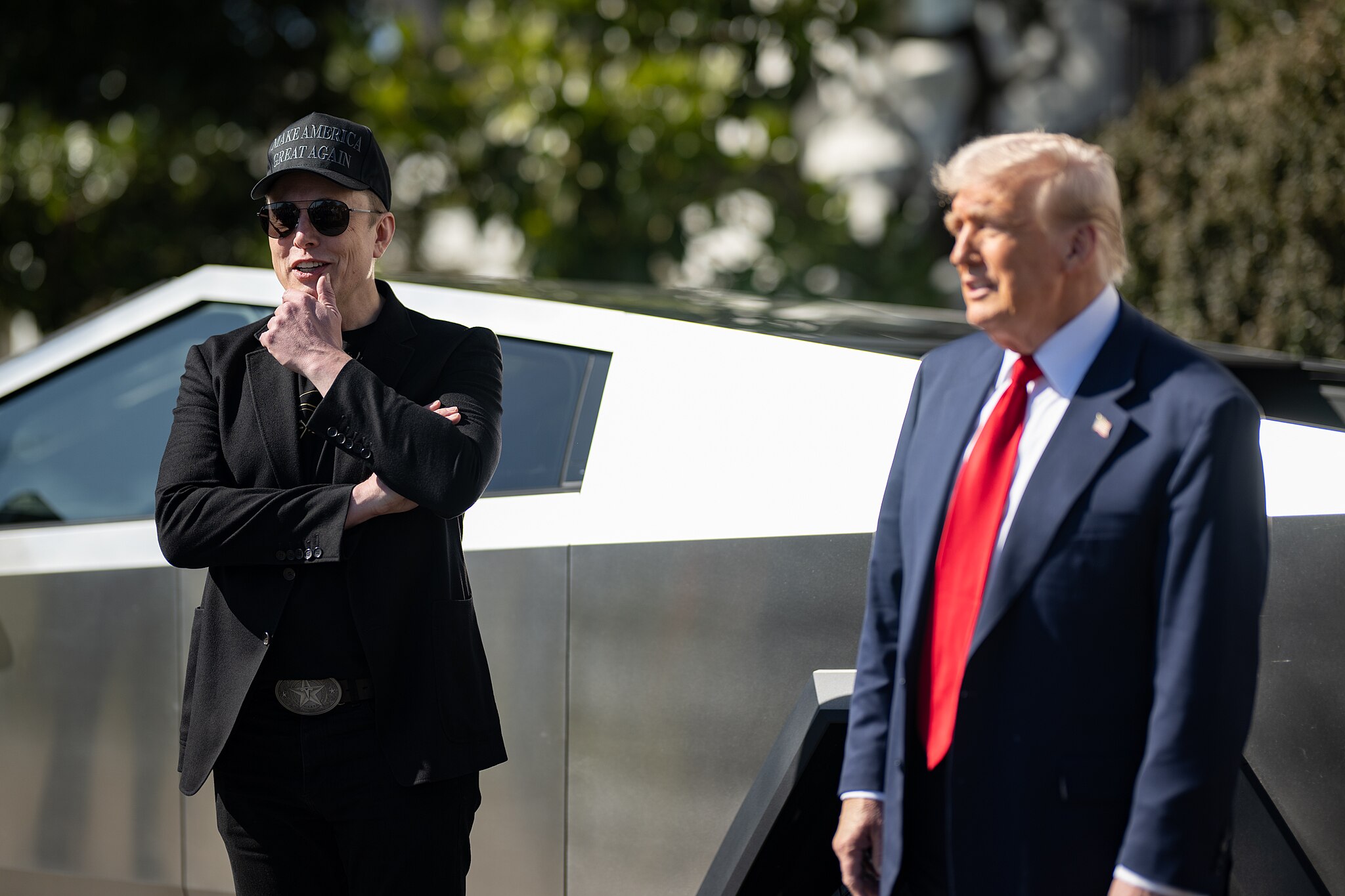
Tesla analysts are breaking down the current feud between CEO Elon Musk and U.S. President Donald Trump, as the two continue to disagree on the “Big Beautiful Bill” and its impact on the country’s national debt.
Musk, who headed the Department of Government Efficiency (DOGE) under the Trump Administration, left his post in May. Soon thereafter, he and President Trump entered a very public and verbal disagreement, where things turned sour. They reconciled to an extent, and things seemed to be in the past.
However, the second disagreement between the two started on Monday, as Musk continued to push back on the “Big Beautiful Bill” that the Trump administration is attempting to sign into law. It would, by Musk’s estimation, increase spending and reverse the work DOGE did to trim the deficit.
Every member of Congress who campaigned on reducing government spending and then immediately voted for the biggest debt increase in history should hang their head in shame!
And they will lose their primary next year if it is the last thing I do on this Earth.
— Elon Musk (@elonmusk) June 30, 2025
President Trump has hinted that DOGE could be “the monster” that “eats Elon,” threatening to end the subsidies that SpaceX and Tesla receive. Musk has not been opposed to ending government subsidies for companies, including his own, as long as they are all abolished.
How Tesla could benefit from the ‘Big Beautiful Bill’ that axes EV subsidies
Despite this contentious back-and-forth between the two, analysts are sharing their opinions now, and a few of the more bullish Tesla observers are convinced that this feud will pass, Trump and Musk will resolve their differences as they have before, and things will return to normal.
ARK Invest’s Cathie Wood said this morning that the feud between Musk and Trump is another example of “this too shall pass:”
BREAKING: CATHIE WOOD SAYS — ELON AND TRUMP FEUD “WILL PASS” 👀 $TSLA
She remains bullish ! pic.twitter.com/w5rW2gfCkx
— TheSonOfWalkley (@TheSonOfWalkley) July 1, 2025
Additionally, Wedbush’s Dan Ives, in a note to investors this morning, said that the situation “will settle:”
“We believe this situation will settle and at the end of the day Musk needs Trump and Trump needs Musk given the AI Arms Race going on between the US and China. The jabs between Musk and Trump will continue as the Budget rolls through Congress but Tesla investors want Musk to focus on driving Tesla and stop this political angle…which has turned into a life of its own in a roller coaster ride since the November elections.”
Tesla shares are down about 5 percent at 3:10 p.m. on the East Coast.
Elon Musk
Tesla scrambles after Musk sidekick exit, CEO takes over sales
Tesla CEO Elon Musk is reportedly overseeing sales in North America and Europe, Bloomberg reports.

Tesla scrambled its executives around following the exit of CEO Elon Musk’s sidekick last week, Omead Afshar. Afshar was relieved of his duties as Head of Sales for both North America and Europe.
Bloomberg is reporting that Musk is now overseeing both regions for sales, according to sources familiar with the matter. Afshar left the company last week, likely due to slow sales in both markets, ending a seven-year term with the electric automaker.
Tesla’s Omead Afshar, known as Elon Musk’s right-hand man, leaves company: reports
Afshar was promoted to the role late last year as Musk was becoming more involved in the road to the White House with President Donald Trump.
Afshar, whose LinkedIn account stated he was working within the “Office of the CEO,” was known as Musk’s right-hand man for years.
Additionally, Tom Zhu, currently the Senior Vice President of Automotive at Tesla, will oversee sales in Asia, according to the report.
It is a scramble by Tesla to get the company’s proven executives over the pain points the automaker has found halfway through the year. Sales are looking to be close to the 1.8 million vehicles the company delivered in both of the past two years.
Tesla is pivoting to pay more attention to the struggling automotive sales that it has felt over the past six months. Although it is still performing well and is the best-selling EV maker by a long way, it is struggling to find growth despite redesigning its vehicles and launching new tech and improvements within them.
The company is also looking to focus more on its deployment of autonomous tech, especially as it recently launched its Robotaxi platform in Austin just over a week ago.
However, while this is the long-term catalyst for Tesla, sales still need some work, and it appears the company’s strategy is to put its biggest guns on its biggest problems.
News
Tesla upgrades Model 3 and Model Y in China, hikes price for long-range sedan
Tesla’s long-range Model 3 now comes with a higher CLTC-rated range of 753 km (468 miles).
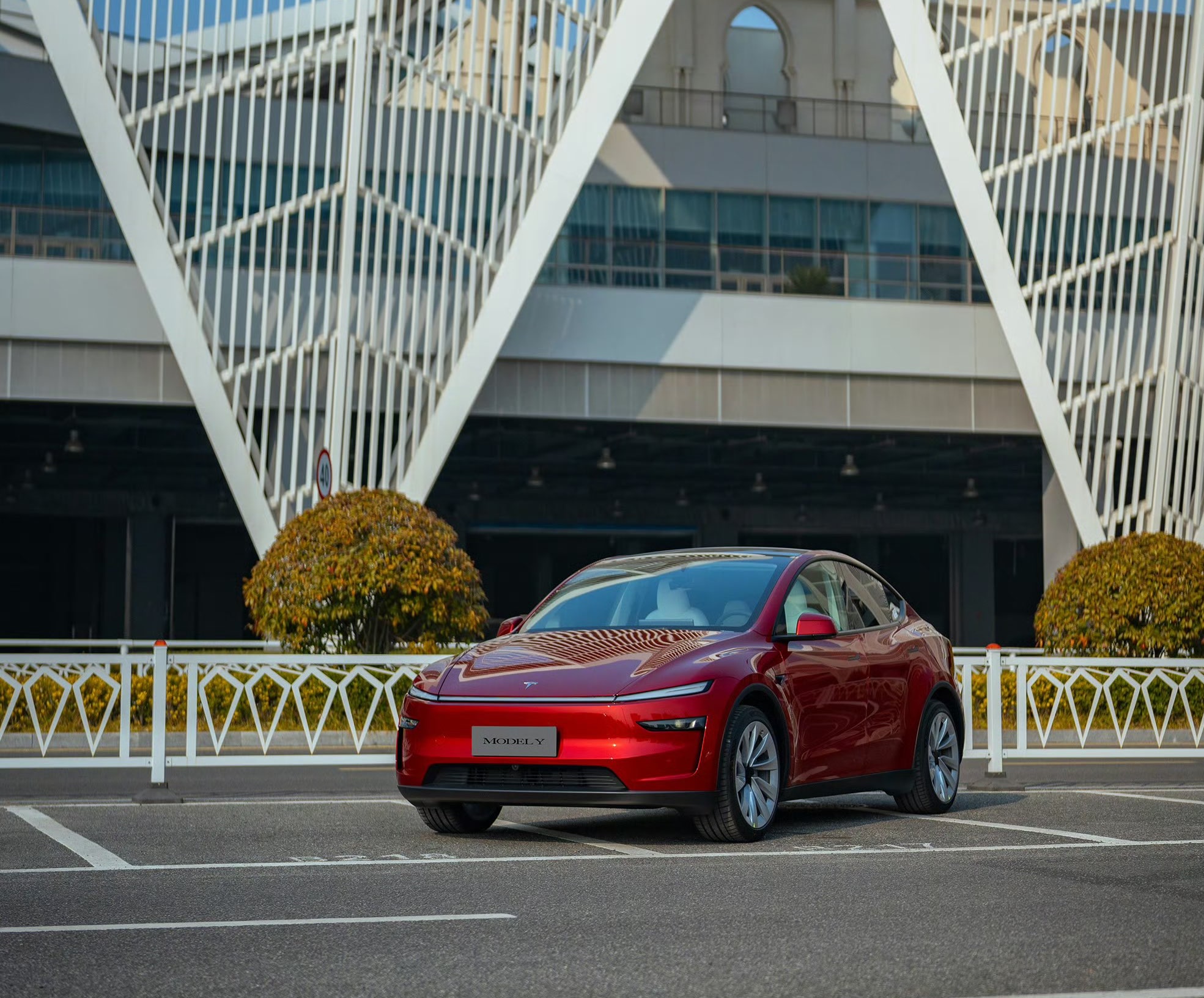
Tesla has rolled out a series of quiet upgrades to its Model 3 and Model Y in China, enhancing range and performance for long-range variants. The updates come with a price hike for the Model 3 Long Range All-Wheel Drive, which now costs RMB 285,500 (about $39,300), up RMB 10,000 ($1,400) from the previous price.
Model 3 gets acceleration boost, extended range
Tesla’s long-range Model 3 now comes with a higher CLTC-rated range of 753 km (468 miles), up from 713 km (443 miles), and a faster 0–100 km/h acceleration time of 3.8 seconds, down from 4.4 seconds. These changes suggest that Tesla has bundled the previously optional Acceleration Boost for the Model 3, once priced at RMB 14,100 ($1,968), as a standard feature.
Delivery wait times for the long-range Model 3 have also been shortened, from 3–5 weeks to just 1–3 weeks, as per CNEV Post. No changes were made to the entry-level RWD or Performance versions, which retain their RMB 235,500 and RMB 339,500 price points, respectively. Wait times for those trims also remain at 1–3 weeks and 8–10 weeks.
Model Y range increases, pricing holds steady
The Model Y Long Range has also seen its CLTC-rated range increase from 719 km (447 miles) to 750 km (466 miles), though its price remains unchanged at RMB 313,500 ($43,759). The model maintains a 0–100 km/h time of 4.3 seconds.
Tesla also updated delivery times for the Model Y lineup. The Long Range variant now shows a wait time of 1–3 weeks, an improvement from the previous 3–5 weeks. The entry-level RWD version maintained its starting price of RMB 263,500, though its delivery window is now shorter at 2–4 weeks.
Tesla continues to offer several purchase incentives in China, including an RMB 8,000 discount for select paint options, an RMB 8,000 insurance subsidy, and five years of interest-free financing for eligible variants.
-

 Elon Musk1 day ago
Elon Musk1 day agoTesla investors will be shocked by Jim Cramer’s latest assessment
-

 News6 days ago
News6 days agoTesla Robotaxi’s biggest challenge seems to be this one thing
-

 News2 weeks ago
News2 weeks agoTesla’s Grok integration will be more realistic with this cool feature
-

 Elon Musk2 weeks ago
Elon Musk2 weeks agoElon Musk slams Bloomberg’s shocking xAI cash burn claims
-

 News2 weeks ago
News2 weeks agoTesla China roars back with highest vehicle registrations this Q2 so far
-

 News2 weeks ago
News2 weeks agoTexas lawmakers urge Tesla to delay Austin robotaxi launch to September
-

 News2 weeks ago
News2 weeks agoTesla dominates Cars.com’s Made in America Index with clean sweep
-

 Elon Musk1 week ago
Elon Musk1 week agoFirst Look at Tesla’s Robotaxi App: features, design, and more




















